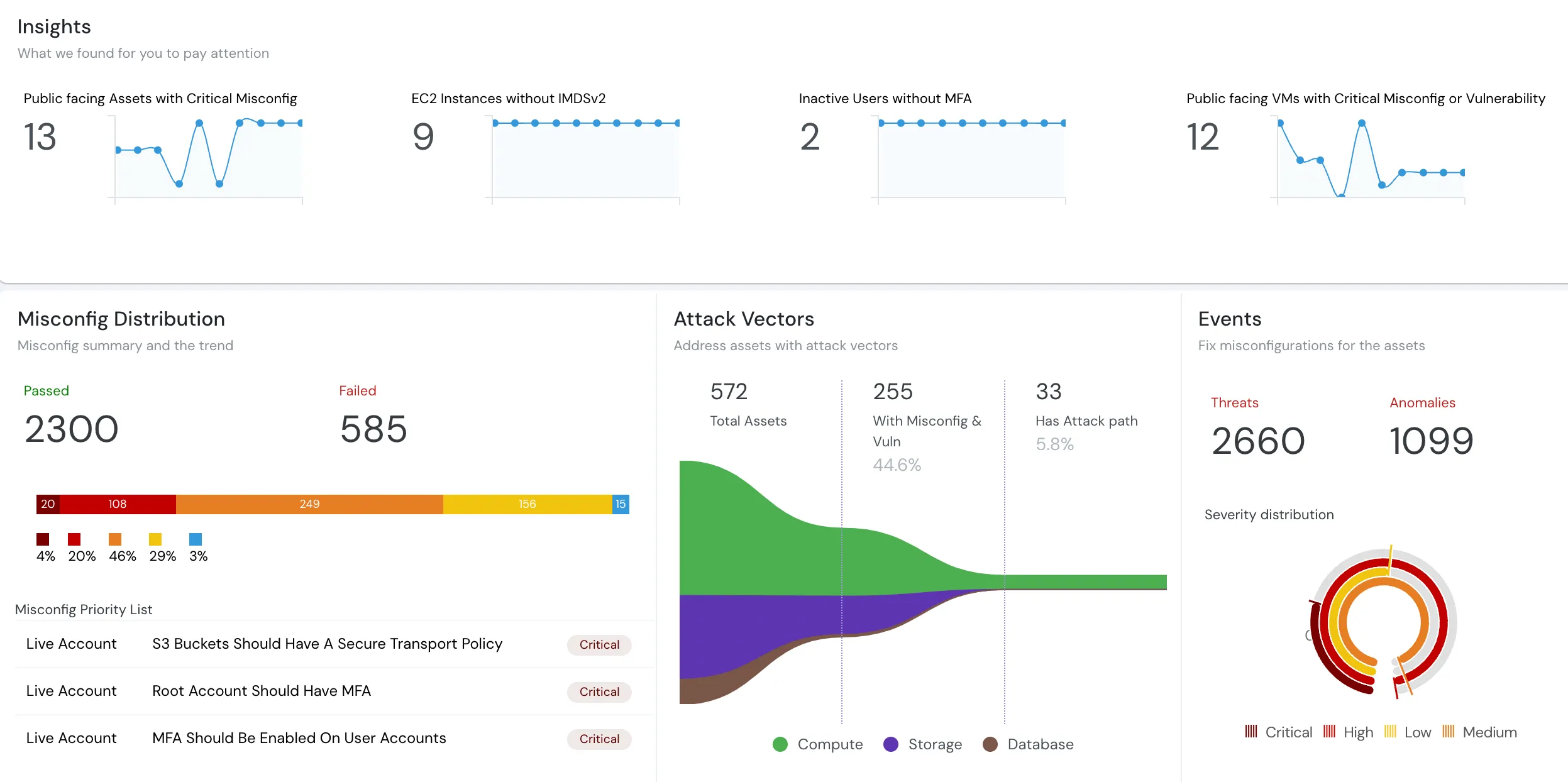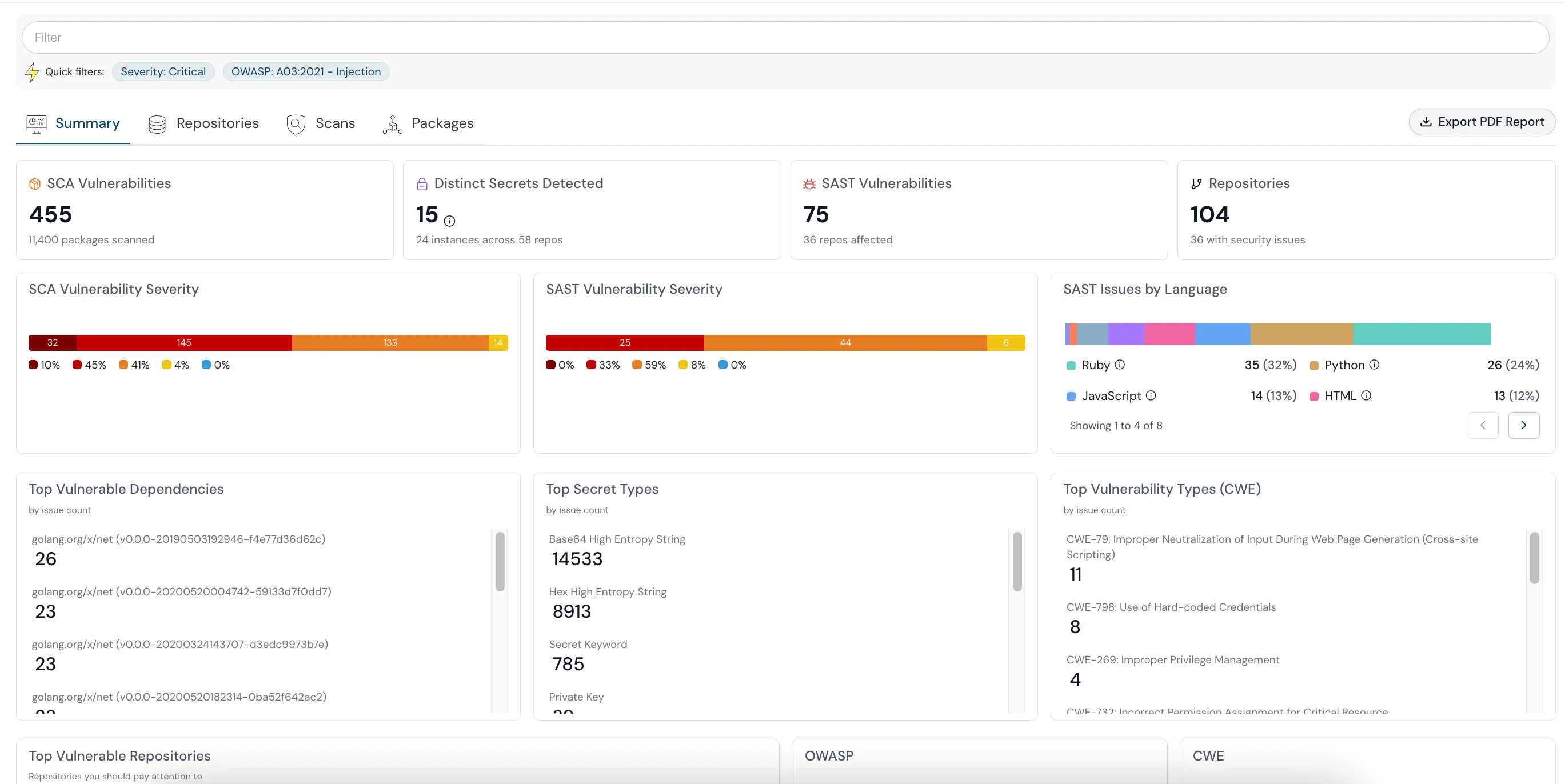Why Cloudanix?
Cloud platform adoption has accelerated medical innovations like drug discoveries, new treatments, and increased hospital efficiency. However, patient confidentiality and HIPAA compliance have become even more complex. Gartner reports that 50% of cloud security failures stem from inadequate management of identities, access, and privileges — a figure projected to rise to 75% by 2023.
With thousands of human and machine identities, countless compute and data resources, and hundreds of different policies, identifying and removing excessive permissions is extremely difficult. The speed and agility of development mean the Privilege Gap is constantly widening.
How Cloudanix Helps
Cloudanix was built to solve this problem by automating entitlement management for public cloud applications. We give your teams a complete picture of assets in your environment, visualize entitlements, and surface risks. With Cloudanix, you can continuously identify and analyze excess permissions and automate the implementation of least-privilege policies — all in alignment with your organizational practices.
Just-In-Time Access for HIPAA Compliance
HIPAA requires strict controls over who can access Protected Health Information (PHI). Cloudanix's Just-In-Time (JIT) access ensures that temporary, time-bound permissions are granted only when needed across AWS, Azure, GCP, and OCI environments. This minimizes the risk of unauthorized access and helps maintain audit trails required by HIPAA's Security Rule.
JIT access eliminates standing privileges, reducing your attack surface and ensuring that access to sensitive databases, compute resources, and storage is granted on-demand with proper approval workflows and automatic revocation.
Database Activity Monitoring (DAM) for PHI Protection
Protecting databases containing PHI is critical for HIPAA compliance. Cloudanix's Database Activity Monitoring (DAM) provides real-time visibility into database access patterns, query activities, and anomalous behavior across AWS RDS, Azure SQL Database, Google Cloud SQL, and Oracle Cloud databases.
DAM helps you detect unauthorized access attempts, suspicious queries, and data exfiltration risks while maintaining comprehensive audit logs that satisfy HIPAA's accountability requirements. Automated alerts ensure rapid response to potential security incidents involving sensitive health data.
Managing Human and Non-Human Identities
HIPAA compliance requires proper management of all identities that access PHI — both human users and machine identities like service accounts, API keys, and workload identities across multi-cloud environments.
Cloudanix provides comprehensive identity governance that continuously monitors permissions, detects excessive privileges, and enforces least-privilege access for both human administrators and non-human identities such as Lambda functions, Azure Functions, GCP Cloud Run services, and containerized applications. This ensures compliance with HIPAA's minimum necessary standard.
Misconfiguration Detection and Remediation
Cloud misconfigurations are a leading cause of data breaches in healthcare. Cloudanix continuously scans AWS, Azure, GCP, and OCI environments for HIPAA-relevant misconfigurations including publicly accessible S3 buckets, unencrypted databases, overly permissive security groups, and disabled audit logging.
Automated remediation workflows fix critical misconfigurations immediately or notify security teams for review, helping you maintain continuous HIPAA compliance and prevent costly data breaches that could expose PHI.
Workload Security for Healthcare Applications
Healthcare workloads running on cloud infrastructure require comprehensive protection. Cloudanix secures containerized applications, Kubernetes clusters, serverless functions, and virtual machines across AWS ECS/EKS, Azure Container Instances, GCP GKE, and OCI Container Engine.
Runtime protection, vulnerability scanning, and compliance monitoring ensure that your healthcare applications meet HIPAA's technical safeguards including encryption, access controls, and integrity controls throughout the application lifecycle.
Software Bill of Materials (SBOM) for Supply Chain Security
Healthcare organizations must understand and secure their software supply chain. Cloudanix generates comprehensive SBOMs for containerized applications and cloud workloads, providing visibility into all software components, open-source dependencies, and known vulnerabilities.
SBOM capabilities help healthcare organizations comply with emerging security requirements, identify vulnerable packages that could compromise PHI, and maintain an accurate inventory of software assets across their multi-cloud infrastructure.


